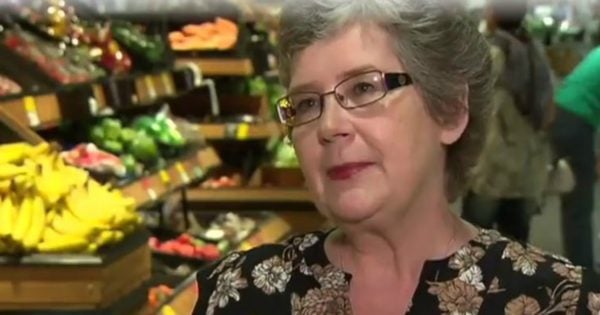Cath Armstrong believes families can eat well by spending just $80 a week on groceries. The Melbourne mum-of-three, who runs The Cheapskates Club, says she’s shocked at how much money some families do spend.
“I’m stunned that they come to me, and say, ‘Look, we’re going to lose our house or we can’t afford to pay the school fees or we can’t fix the car, but we can spend $300 or $350 a week on groceries,'” Armstrong tells Mamamia. “I’m like, ‘Seriously, folks, trim it back a bit!’ When you can’t do those things but you still think it’s okay to spend that much money a week just on food, there is a problem.”
She believes that over the past 25 or 30 years, people have been encouraged to spend.
“There is no understanding out there that funds are limited, folks. You have an income and if you spend more than that income, you’re going to lose out.”































































































